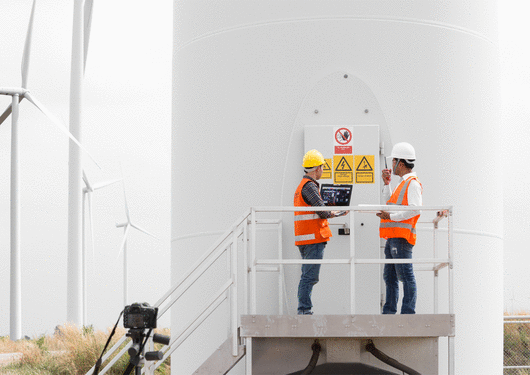
Home » Three Steps to Creating a Low-Risk Supply Chain
Three Steps to Creating a Low-Risk Supply Chain

March 23, 2017
Supply-chain risk management has become a hot topic in recent years. The decision to more closely manage the supply chain requires tools and analysis to understand the risks and prepare for disruptions. There are many types of risks, where an immediate response is essential. Supply-chain management tools can help an organization understand product movement, forecasting, supplier sourcing and inventory. Once an organization understands the parameters that could be affected by various risks, measures can be taken to improve flexibility and decrease potential risks.
Location of Suppliers
An international supplier in an underdeveloped country may experience disruptions due to natural disasters and/or a lack of infrastructure. Domestic suppliers in Florida, for example, could be of concern during hurricane season. Politics or logistics could be a risk in any given location. Be aware of the supplier’s own contingency plan making sure it is aligned with your needs.
Weather and Natural Disaster Plans
This could be more or less of a risk depending on the location of facilities and what types of products are flowing. Organizations with facilities in disaster-prone areas may have additional sites in lower-risk areas to mitigate. Consider whether your products could be in higher demand following a disaster. Create a plan to deal with the influx of inventory and throughput. Likewise, for low-demand products, you do not want inventory buildup.
Energy or Fuel Shortages
Given the two recent gas pipeline disruptions in the Southeast, gas shortages have quickly become a topic of concern in the industry, causing organizations to revamp their energy-saving plans. Fuel consumption can be minimized by routing or effective mode consolidation techniques using a transportation management system. Tracking and reducing carbon emissions often identifies energy waste or inefficiencies that go hand in hand with reducing usage. Incorporating renewable energy, such as wind and solar, will also help offset risks of energy shortages.
The Outlook
Investing the time and effort to understand the minutiae of a specific supply chain and the potential risks helps an organization spot the areas of concern. This helps create a plan to mitigate these potential risks. A good plan could be the quintessence of an organization’s survival, as the future cannot be predicted. Time to recover is the key objective.
RELATED CONTENT
RELATED VIDEOS
KEYWORDS consumer packaged goods Global Supply Chain Management SC Security & Risk Mgmt Supply Chain Analysis & Consulting
Subscribe to our Daily Newsletter!
Timely, incisive articles delivered directly to your inbox.
Popular Stories

2024 Supply Chain Management Resource Guide: There's Only One Way Off a Burning Platform
VIEW THE LATEST ISSUECase Studies
-
Recycled Tagging Fasteners: Small Changes Make a Big Impact
-

Enhancing High-Value Electronics Shipment Security with Tive's Real-Time Tracking
-

Moving Robots Site-to-Site
-
JLL Finds Perfect Warehouse Location, Leading to $15M Grant for Startup
-
Robots Speed Fulfillment to Help Apparel Company Scale for Growth



